J. David Cook ’66, a retired “county-seat lawyer” and avid runner, had “really never been an athlete” and was decidedly not adventurous.
But his life changed when he accepted a friend’s 2012 invitation to walk part of the French Way, one of the routes of the famed Camino de Santiago, a network of footpaths in France, Spain and Portugal that culminate at the tomb of St. James in Santiago de Compostela in northwest Spain.
Two years earlier, the friend had attempted the 500-mile journey that starts near St. Jean-Pied-du-Port in France, but foot problems caused him to miss the penultimate 100-mile stretch between Leon and Sarria, Spain. He asked Cook to walk that stretch and continue through the final leg into Santiago.
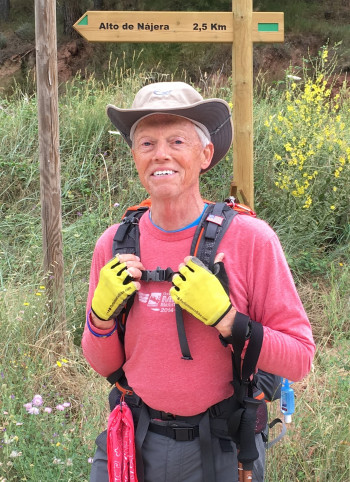 Cook readily agreed. He felt in good physical shape, having been a runner since 1978, when he and his Indianapolis church friends formed the Meridian Street Striders to compete in the second 13.1-mile OneAmerica 500 Festival Mini-Marathon. He subsequently competed 16 more times, through 1994; a month later, moments after he completed a 6.2-mile fitness run, he collapsed from sudden cardiac death. Bystanders revived him; he spent 12 days in the hospital and underwent surgery to remove an arterial blockage.
Cook readily agreed. He felt in good physical shape, having been a runner since 1978, when he and his Indianapolis church friends formed the Meridian Street Striders to compete in the second 13.1-mile OneAmerica 500 Festival Mini-Marathon. He subsequently competed 16 more times, through 1994; a month later, moments after he completed a 6.2-mile fitness run, he collapsed from sudden cardiac death. Bystanders revived him; he spent 12 days in the hospital and underwent surgery to remove an arterial blockage.
But he came back strong and, after laying off a year – doctor’s orders – he since has run the last 27 minis, including the virtual events in 2020 and 2021 and the back-to-normal event in May.
Still, “there’s a big difference between going out and running for an hour or an hour and a half and walking for eight hours,” Cook said. He got shin splits – a first for him – and walked more slowly than his friend, so they often split up, enabling Cook to meet other pilgrims or spend time by himself.
For two weeks, he walked six or eight hours a day, covering about 15 miles, to complete the last 200 miles of the French Way. “I thought there might be time for some introspection and some deep thoughts, but I was just worried about where I was walking,” he said. “… You just keep going and going. When you’re on the camino, you have one thing to do, and that is to walk to the place that you’re going to sleep that night.”
Like many pilgrims, he slept at albergues, or hostels, where he also could eat, shower and wash his clothes. By finishing the last leg, he received a certificate that said he had completed the camino, despite not traversing the entire 500 miles.
Several years later, in 2016, another friend who had attempted the camino a decade earlier asked Cook to join her and her granddaughter on another pilgrimage. She likewise wanted to cover just part of the route, so they started in Roncevalles, Spain, just over the Pyrenees Mountains from the traditional starting point in France. He again walked for two weeks, covering the first 200 miles of the French Way.
A lot had changed in the 10 years since the friend attempted the camino, so it “was really a nice opportunity for me to experience … helping someone along the way,” he said.
The journeys have been so meaningful that Cook said he’d return to the camino again, possibly to complete the 100-mile gap midway on the route that he did not cover on either previous foray or to repeat his 2017 service in Nájera, Spain, as a “hospitalerio,” or host, who stamps pilgrims’ camino passports to prove they’ve passed designated checkpoints. He is active in the organization American Pilgrims on the Camino, whose conference he attended in March, and started a chapter in Indiana, Hoosiers on the Camino.
“Now I have friends all over the United States, all over, and in a fashion, all over the world,” he said. The camino changes “just about everybody,” including him.
“I think I learned something about myself after I got over there,” he said. “… I’d say I’m more open to having adventures now.”
DePauw Magazine
Summer 2022
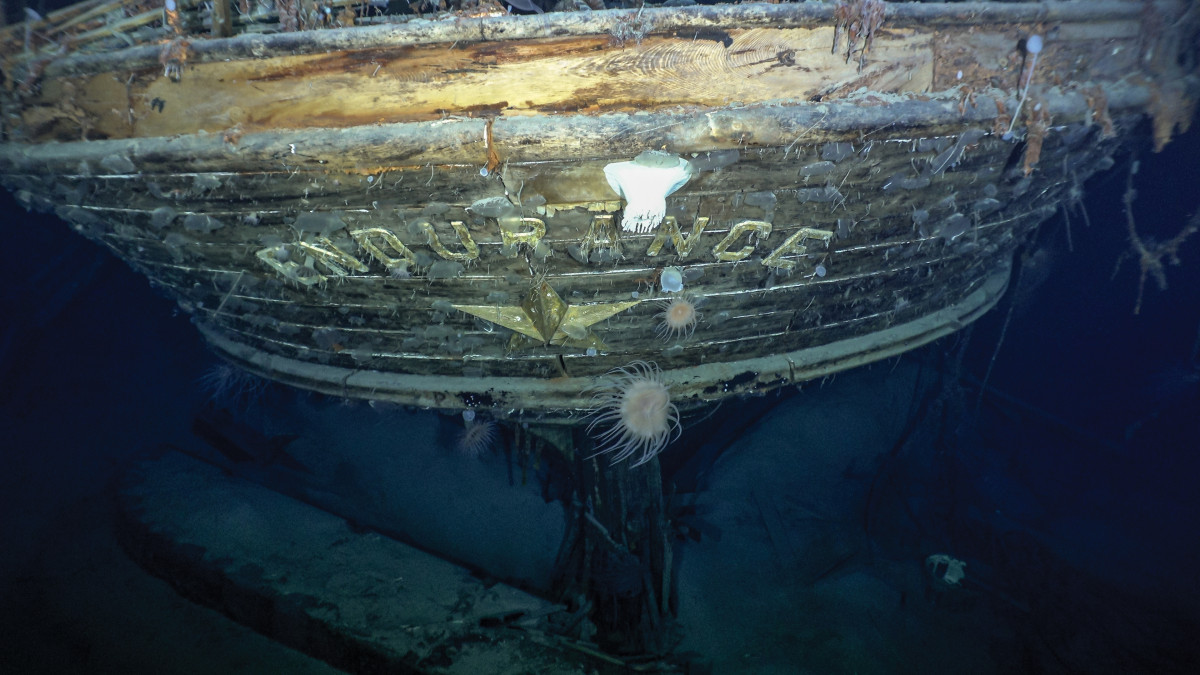 Adventure! Searching for Shackleton
Adventure! Searching for Shackleton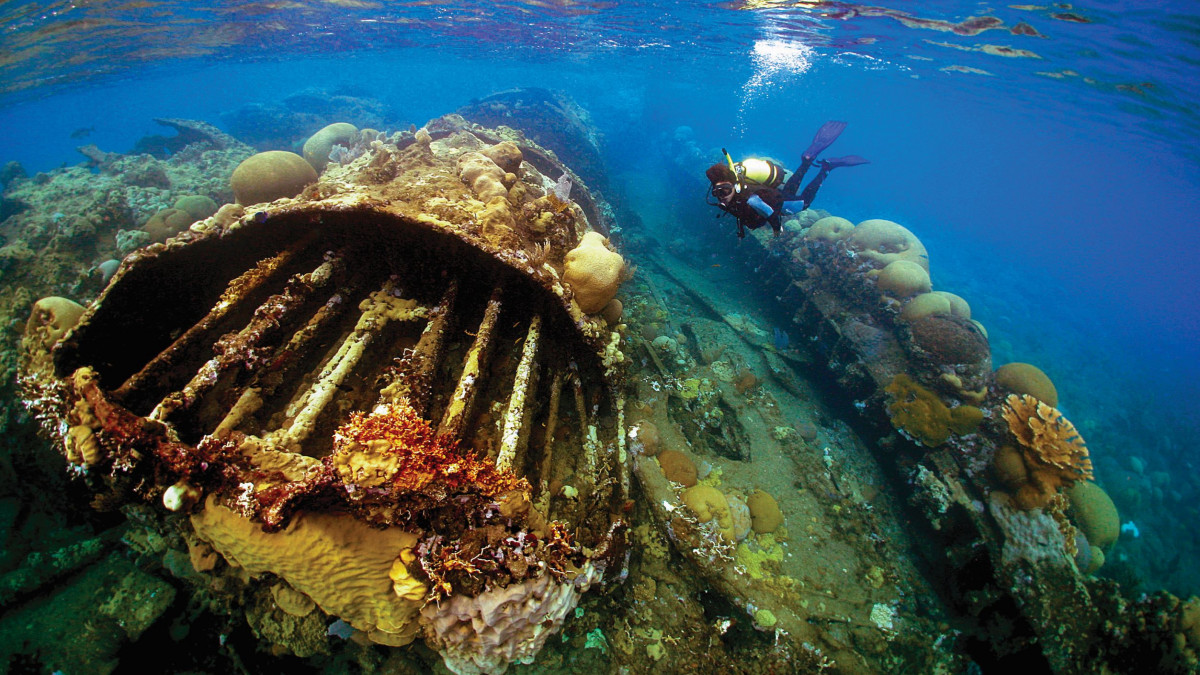 Alum dives into uncharted waters of Cuba for tourism business
Alum dives into uncharted waters of Cuba for tourism business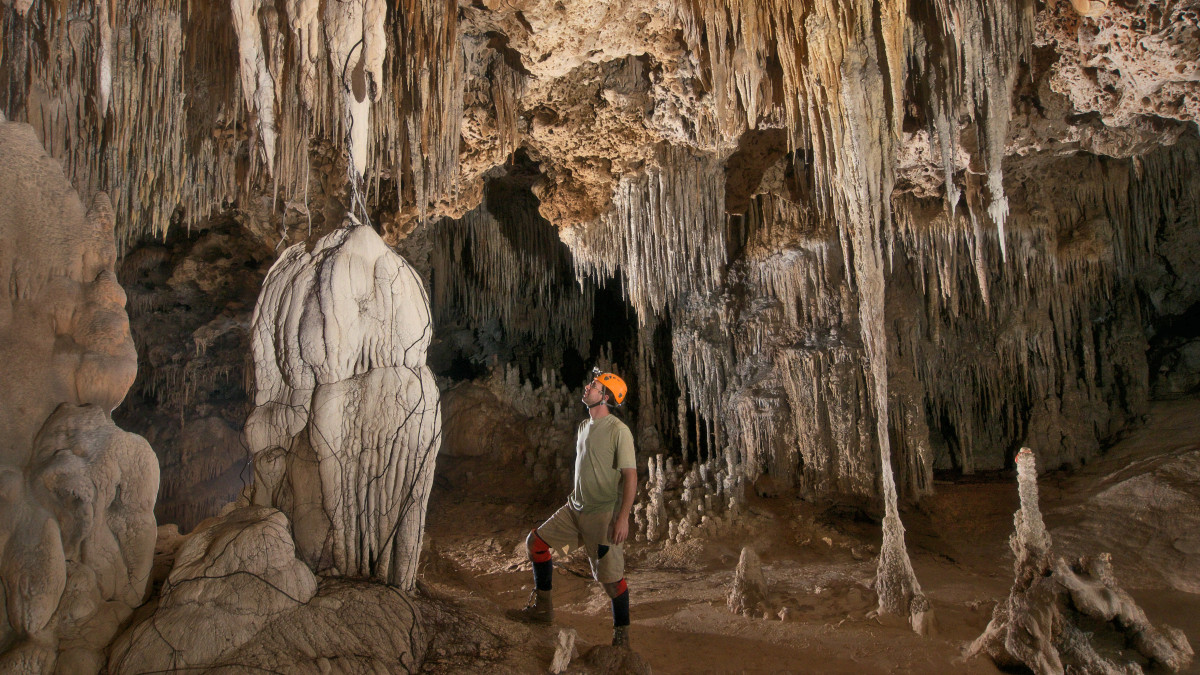 Voyage to the center of Earth gives caver the thrill of discovery
Voyage to the center of Earth gives caver the thrill of discovery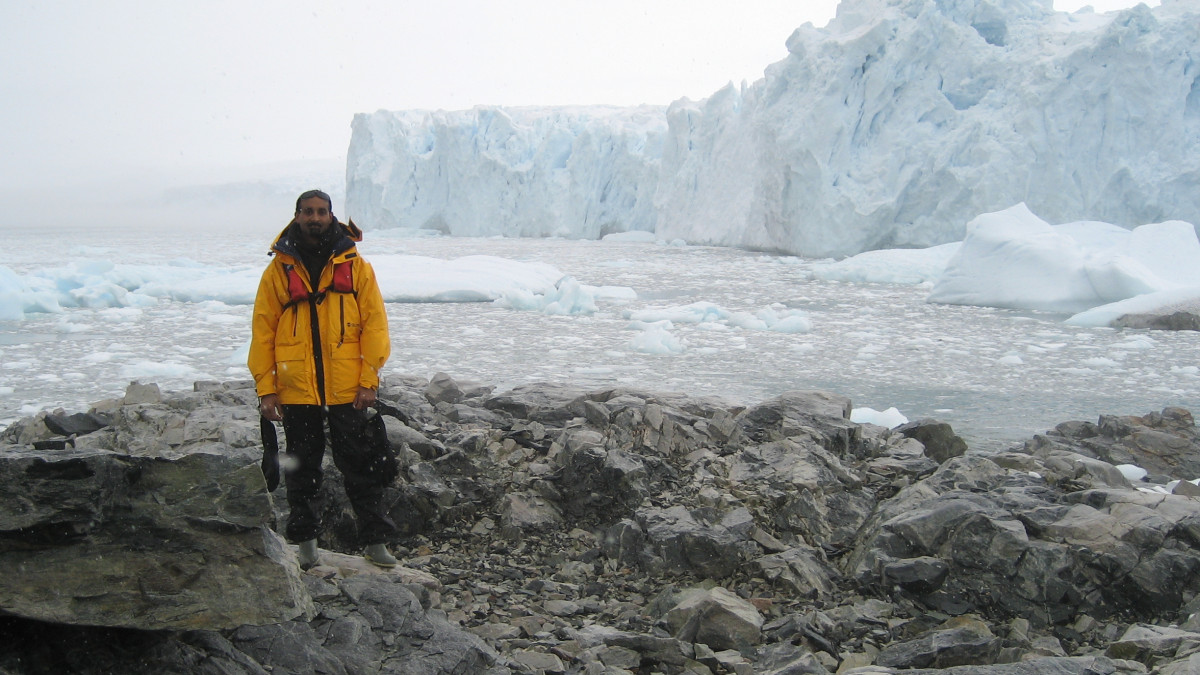 Fascination with exploration spurs alum to visit 7 continents
Fascination with exploration spurs alum to visit 7 continents Yo ho! Yo ho! A sailor’s life for Stotesbery
Yo ho! Yo ho! A sailor’s life for Stotesbery Zimbabwean student lives dream, heads to Greencastle
Zimbabwean student lives dream, heads to Greencastle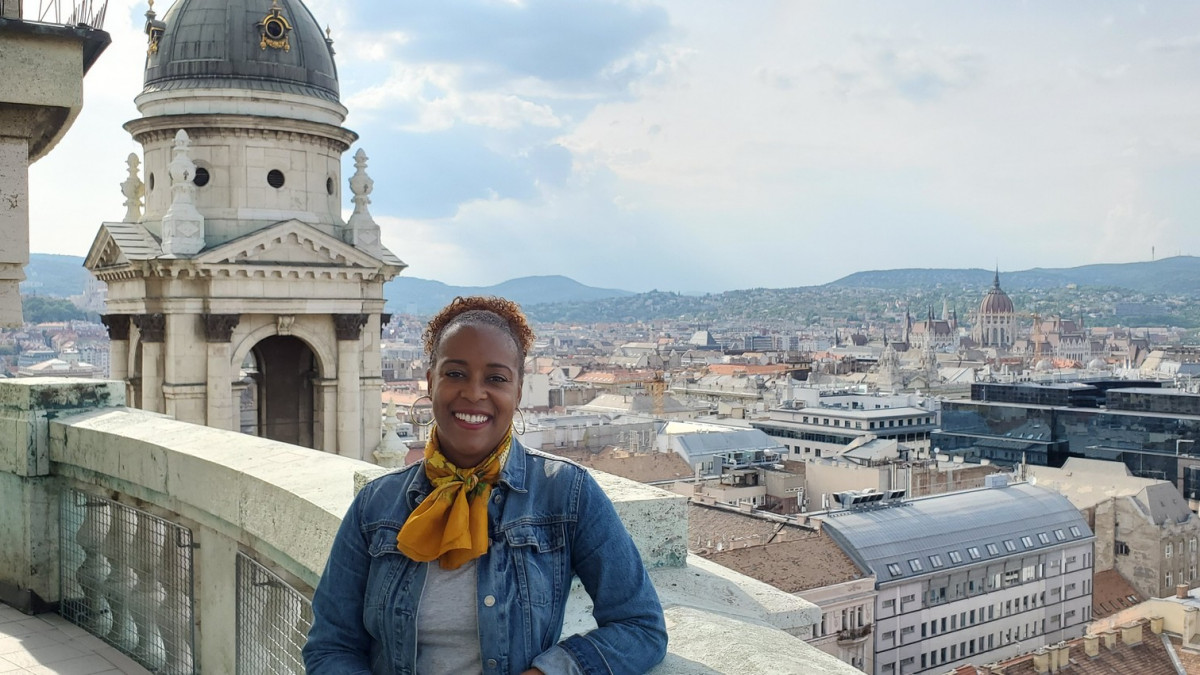 ‘Accidental nomad’ responds to whisper and whim
‘Accidental nomad’ responds to whisper and whim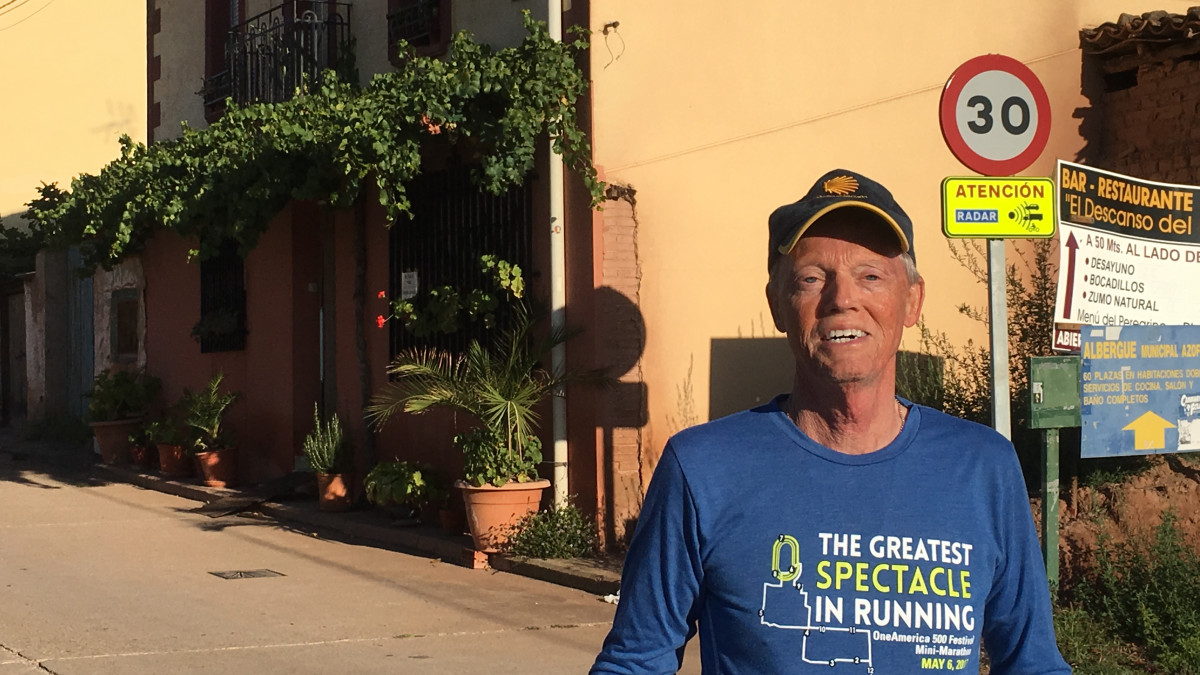 Alum discovers adventure during Camino pilgrimages
Alum discovers adventure during Camino pilgrimages  Risk-taking entrepreneur seeks everyday adventure
Risk-taking entrepreneur seeks everyday adventure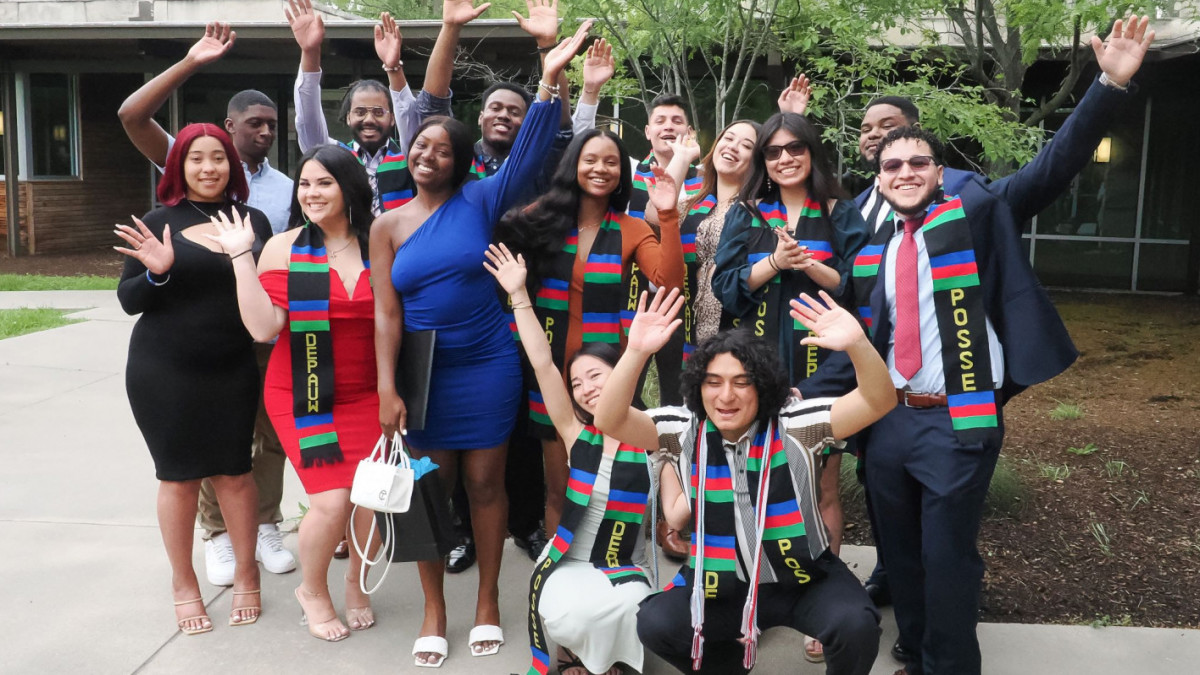 For 25 years, Posse program has produced leaders the world needs
For 25 years, Posse program has produced leaders the world needs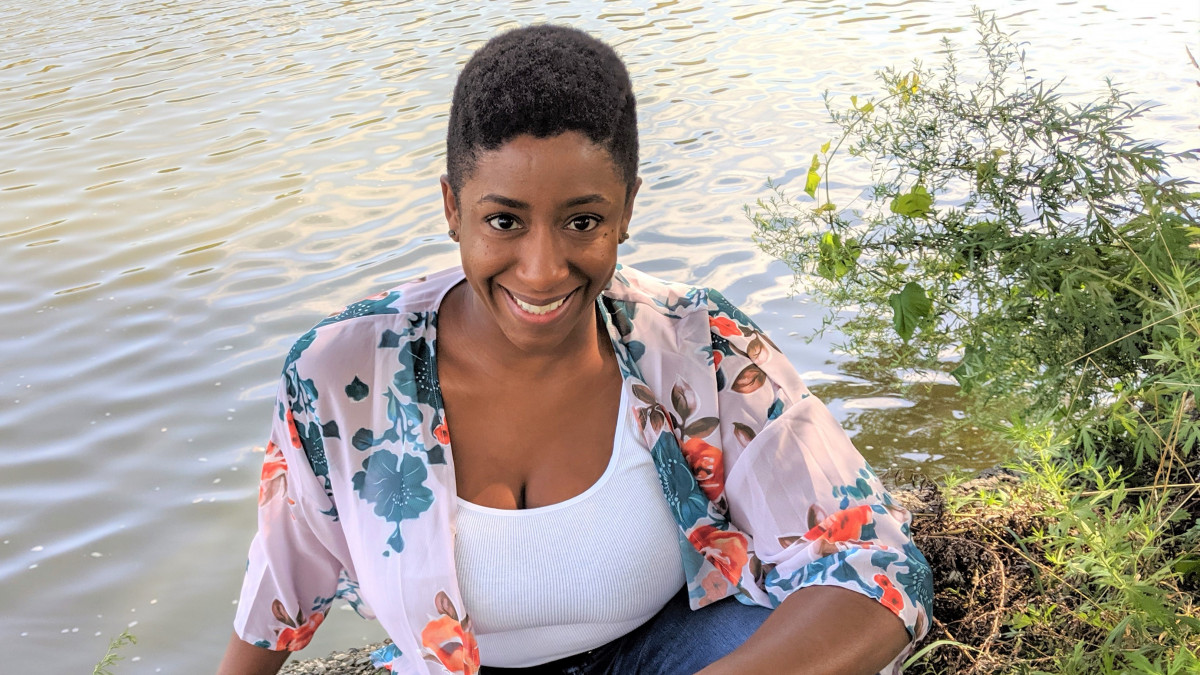 Posse prepared alums to promote positive change
Posse prepared alums to promote positive change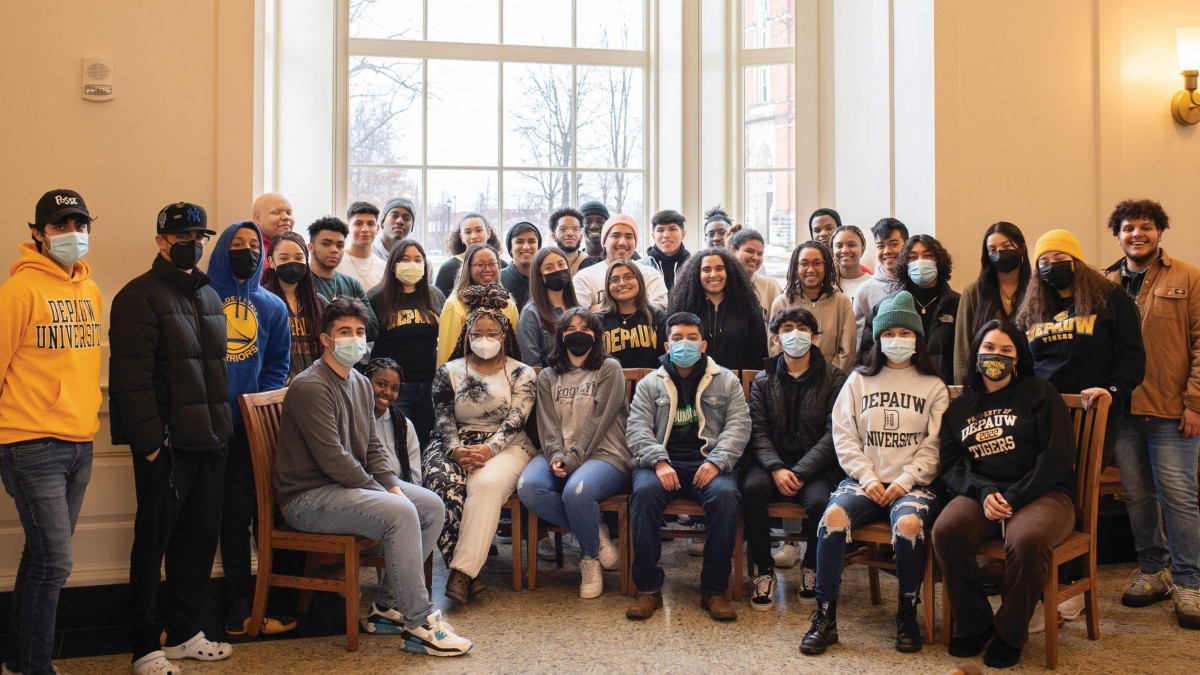 Posse leads to career excellence for these alums
Posse leads to career excellence for these alums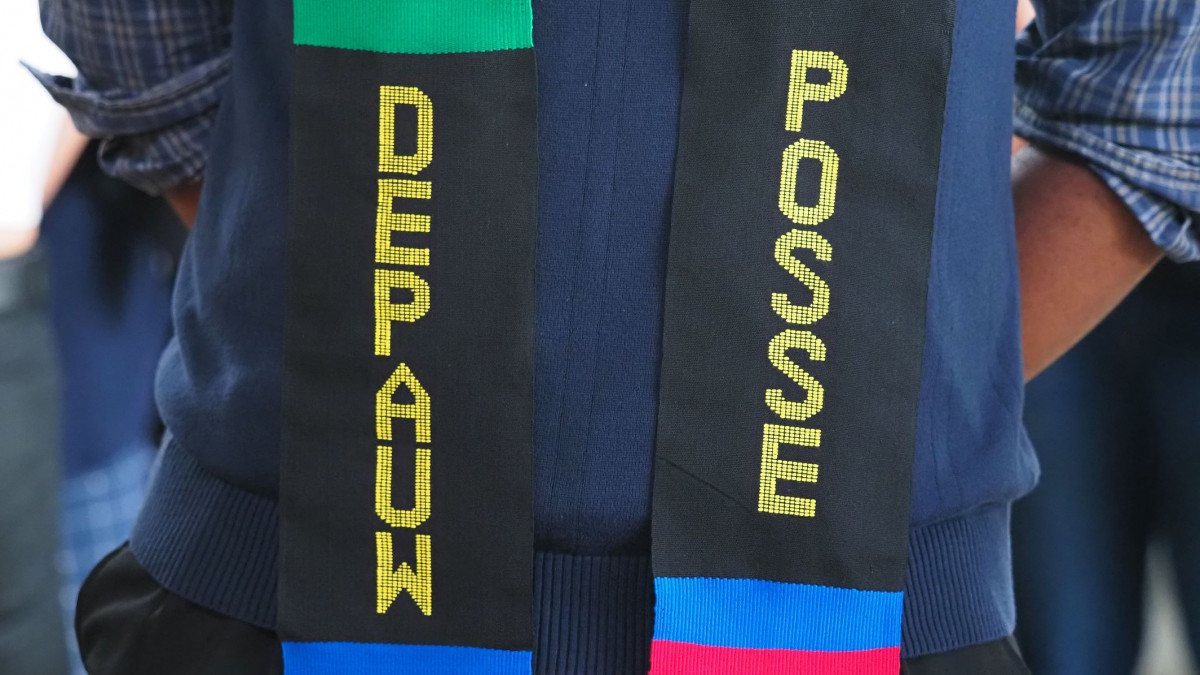 Posse and DePauw partner to prepare promising professionals
Posse and DePauw partner to prepare promising professionals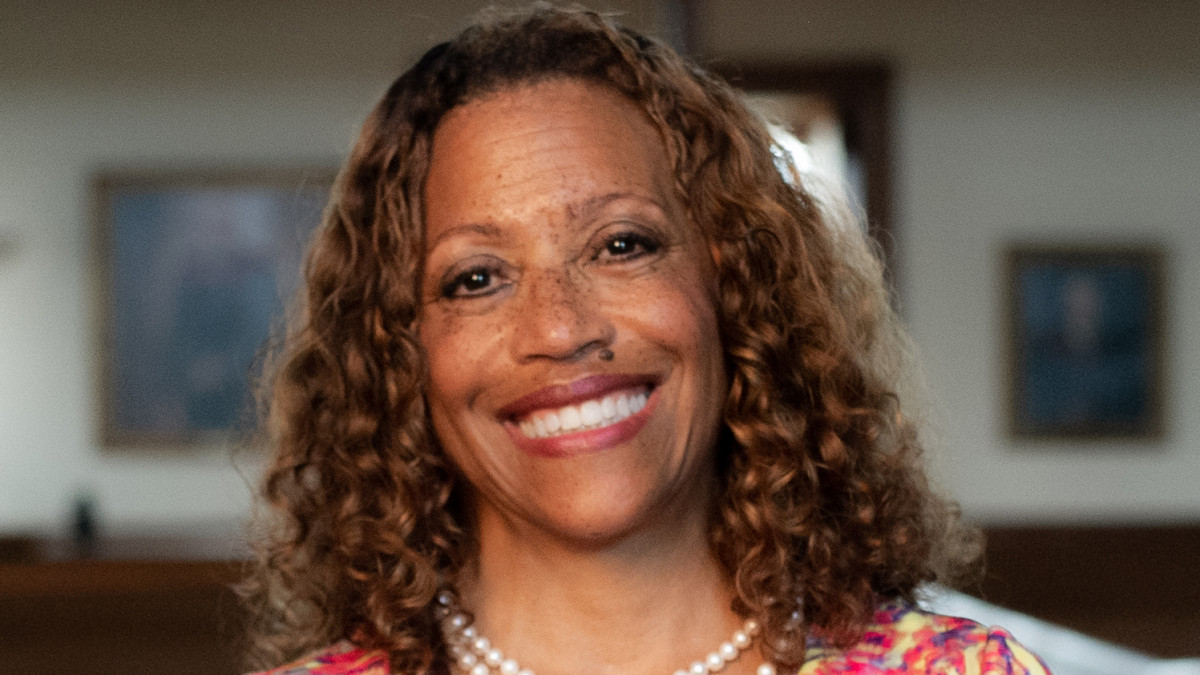 A message from the president
A message from the president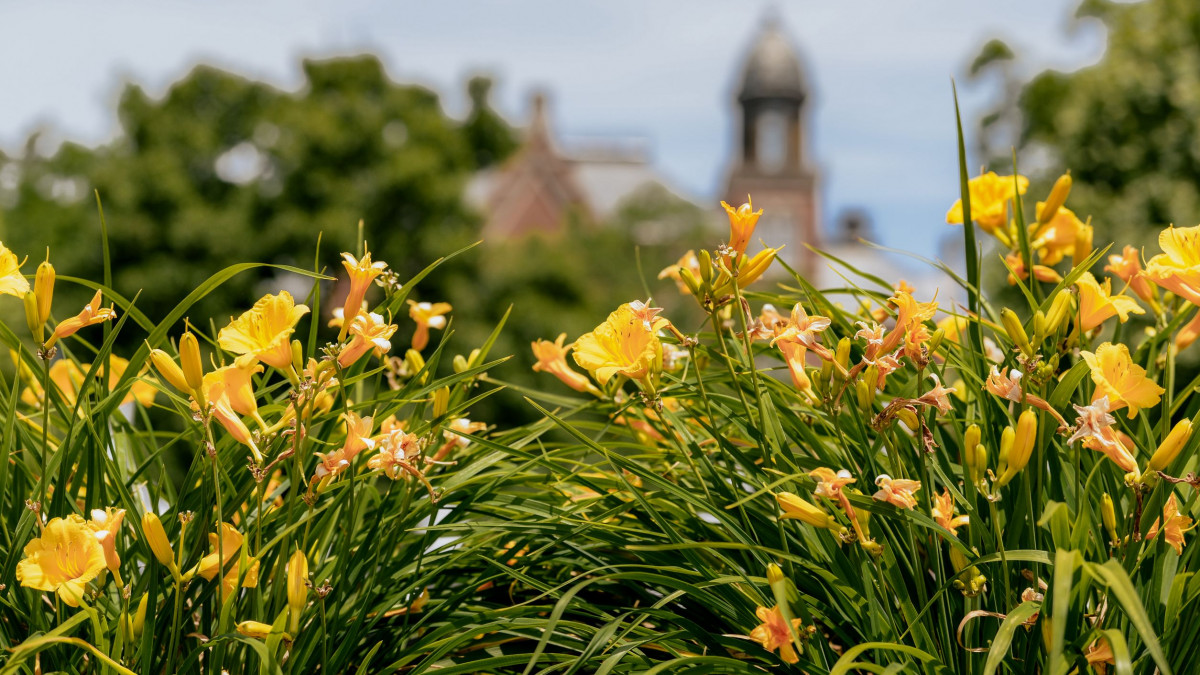 The new VPs: Exploring new vistas at DePauw
The new VPs: Exploring new vistas at DePauw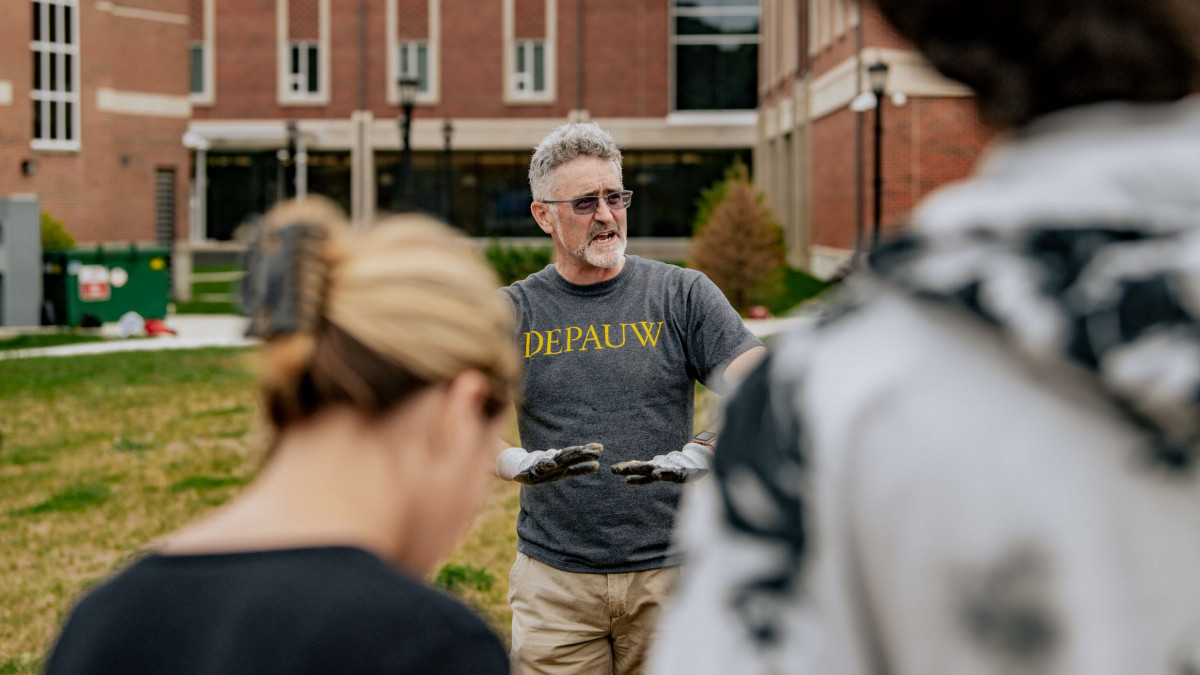 The Bo(u)lder Question by Pedar Foss
The Bo(u)lder Question by Pedar Foss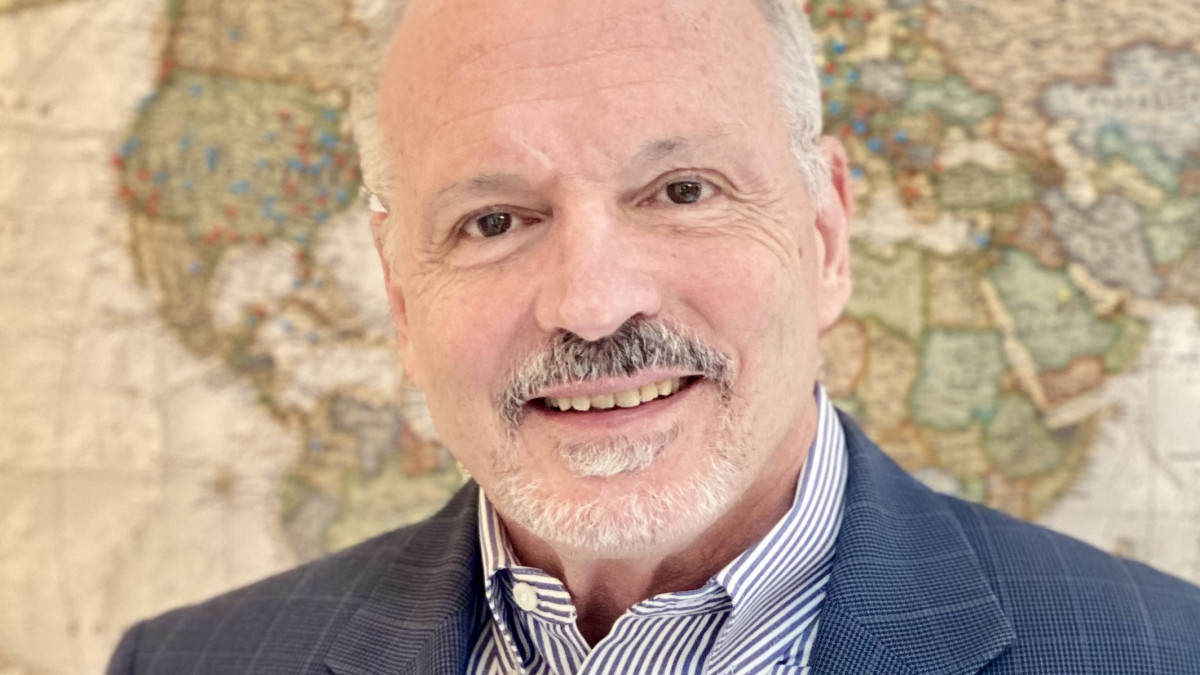 First Person by Roland T. Rust ’74
First Person by Roland T. Rust ’74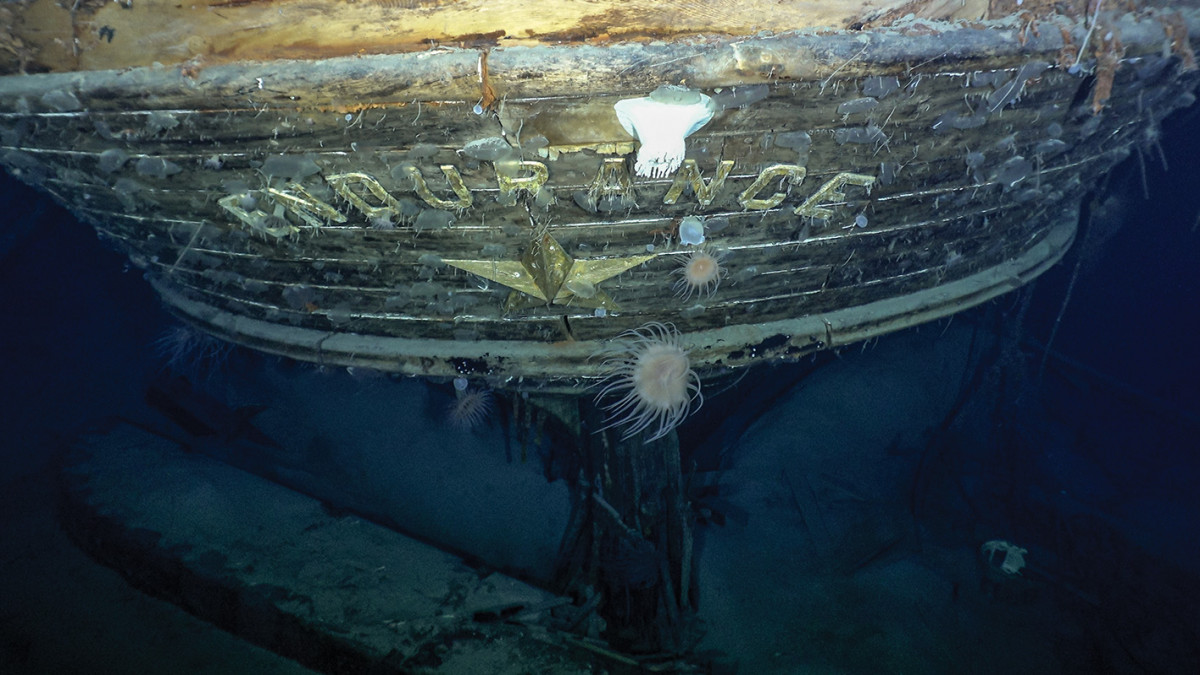 DePauw Magazine: Adventure!
DePauw Magazine: Adventure!
DePauw Stories
A GATHERING PLACE FOR STORYTELLING ABOUT DEPAUW UNIVERSITY
Browse other stories
-
Athletics
-
Women's Lacrosse - Big Red Dominates in Second Quarter to Top the Tigers
-
Men's Tennis - Tigers Beat Wabash for Fourth Straight Win
-
Softball - DePauw Stays Unbeaten in NCAC with Sweep at Kenyon
More Athletics
-
-
News
-
Greencastle Celebrates National Main Street Day with Small Business Breakfast, New Program Launch, and Spring Pitch Competition
-
Hirotsugu "Chuck" Iikubo ’57 remembered as thoughtful leader, advocate for international goodwill
-
DePauw mourns Janet Prindle Seidler ’58, founder of The Prindle Institute for Ethics
More News
-
-
People & Profiles
-
11 alums make list of influential Hoosiers
-
DePauw welcomes Dr. Manal Shalaby as Fulbright Scholar-in-Residence
-
DePauw Names New Vice President for Communications and Strategy and Chief of Staff
More People & Profiles
-
-
Have a story idea?
Whether we are writing about the intellectual challenge of our classrooms, a campus life that builds leadership, incredible faculty achievements or the seemingly endless stories of alumni success, we think DePauw has some fun stories to tell.
-
Communications & Marketing
101 E. Seminary St.
Greencastle, IN, 46135-0037
communicate@depauw.eduNews and Media
-
News media: For help with a story, contact:
Bob Weaver, Senior Director of Communications.
bobweaver@depauw.edu.